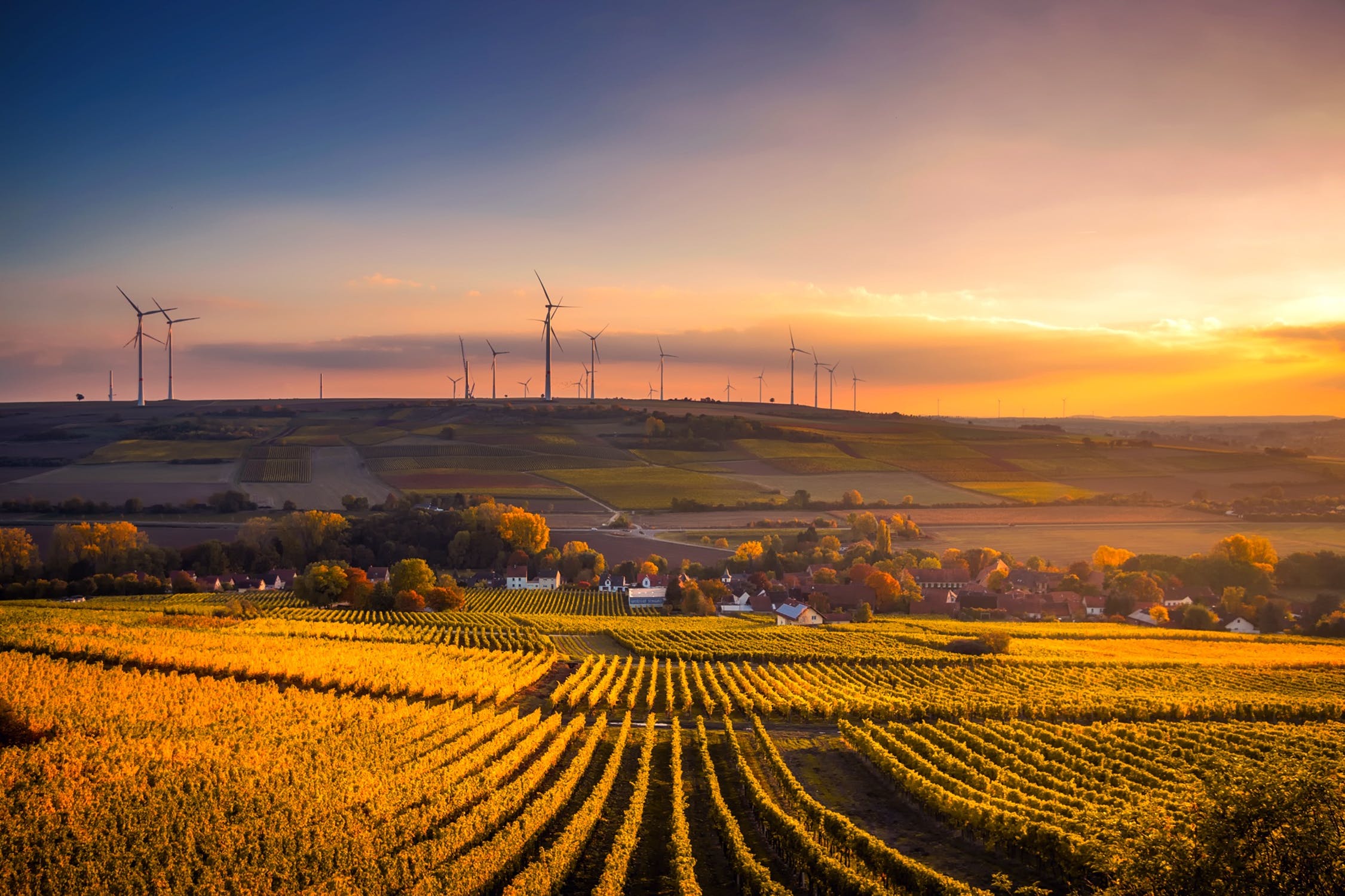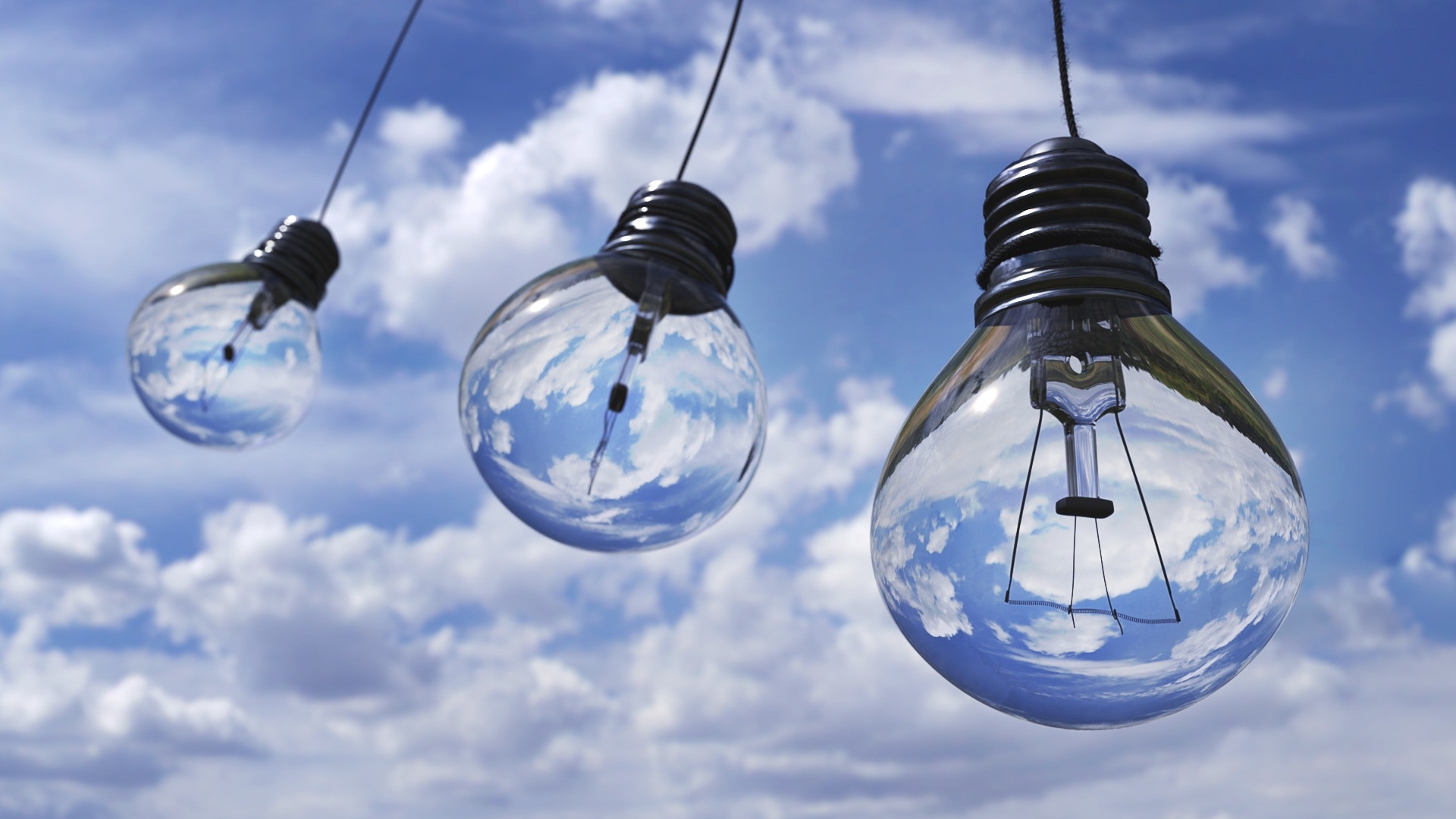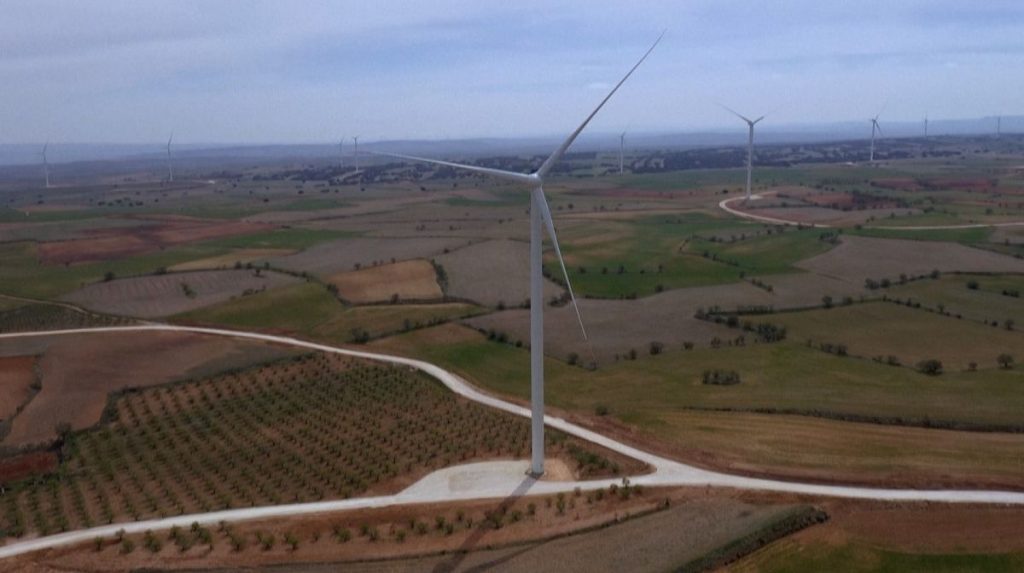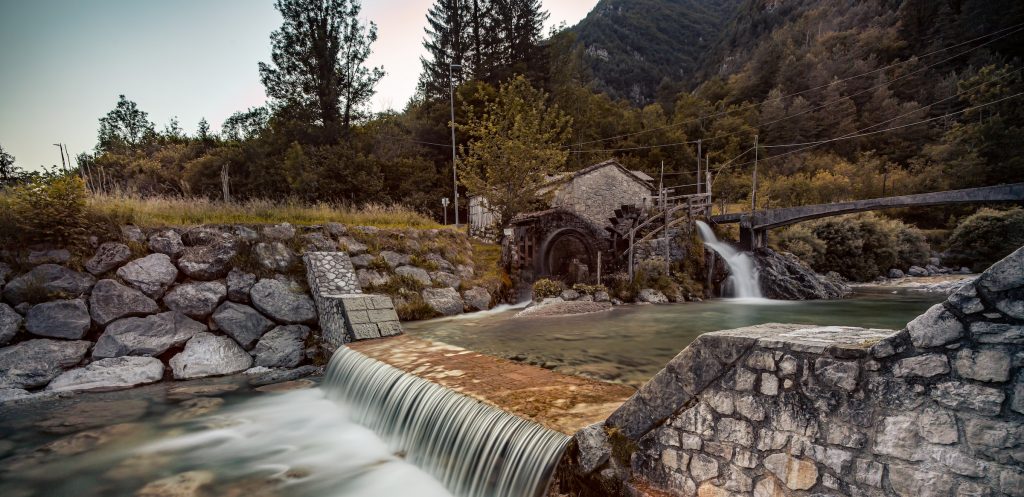The growing demand for renewables expands the offers on the electricity market. But not all solutions have the same ecological impact and this may mislead energy-conscious consumers. How to choose? And how green are green tariffs?
Francesco is an Italian lawyer. He lives in Rome and is now about to move into a new apartment. “It’s a way to get closer to my office,” he says. “I don’t have a car, I just ride bicycle. And since I’ve been trying to have a more ecological approach, I thought it might be the chance to subscribe to a renewable energy offer”. After some research on the web, Francesco was intrigued by an advertisement by one of the biggest Italian energy providers: “100% renewable energy, 30% discount and prices frozen for 2 years”. In smaller characters, the ad gave further details: “25 cents per kWh” and “9 euros of fixed charges”.
“Tariffs for our members are 6 cents per kWh and our fixed charges are the half of theirs,” says Gianluca Ruggieri, vice-president of the energy cooperative “ènostra” and assistant professor at the university Uninsubria. “What I mean is that, working as a concerned group of consumers, the added value of offers like ours is the guarantee that we don’t speculate on the tariffs and that our profits are redistributed”. With its almost 10,000 members, “ènostra” is the biggest Italian cooperative, producing and supplying only renewable energy. It also provides energy services and promotes energy communities. “We are basically a group of customers who have come together to defend our interests with an ethical approach,” explains Mr. Ruggieri. “We don’t go for a project, just because it’s renewable. It also has to have a small ecological impact”.

Volker Kromrey is deputy managing director at the Lake Constance Foundation, a German NGO providing case studies to SocialRES, an EU research project aimed at fostering social innovation and new cooperation patterns among renewable energy cooperatives, crowdfunding platforms and energy aggregators. “Consumers who are really into the topic can make the difference between 100% renewable providers and less impactful ones,” he says. “But if you just tap ‘green energy’ in a search engine, you’ll be directed to tariffs trying to be green, but actually supporting fossil or nuclear energy”. Good Energy is a 100% renewable electricity and gas supplier, which recently topped a ranking of the most eco-responsible UK energy providers. “We have a hard time showing how we do things differently,” explains its policy and regulation manager, Kit Dixon. “Describing ourselves as 100% renewable is no longer enough, because some traditional retailers do the same, though their model doesn’t provide that support for generating renewables.”
Many big energy providers traditionally focus on nuclear or other sources, with renewables representing just a small part of the business. “It’s like shopping in a supermarket: you can find organic food, but it accounts for just 10% of the products,” says Mr. Ruggieri. “Some companies also provide renewable energies, but this is just a small share of their overall sales. Some suppliers only deal with renewables, but it doesn’t always make good business sense. And then there are cooperatives, dealing only with renewables, sharing a set of core values with their members and sharing their profit with them.”
Mr. Kromrey agrees that green tariffs are not in themselves a guarantee of the company’s commitments: “Right now they just mean: ‘The electricity that we sell you is from renewable sources’. But they don’t say anything on the provider’s strategy. As a consumer, you could expect them to reinvest your money, in order to increase their production of renewables, but it’s not part of the deal”. However, most of the people who choose green tariffs hope to promote the energy transition and to foster renewable projects. “The greenest way to sell renewables is to make sure most of the income goes to the energy generators,” says Adam White, Secretary General of RECS International, a Dutch non-profit foundation, representing electricity market players. Mr. White recalls having been a client of an energy provider who only invested in renewables. “When it was bought by a global company which invested in fossil fuels as well as in renewables, I decided to switch to a local, smaller, energy producer.” His choice, he says, was made possible by the so-called “guarantee of origin” scheme.
In the European Union, guarantees of origin, or GoOs, are certificates issued for any unit of renewable energy produced, to provide proof of its sources. “On the one hand, when generators produce their units of energy, they book them into the system and they have them certified,” explains Mr. White. “On the other hand, this scheme allows consumers to claim energy from specific sources”. The price of guarantees of origin is then determined by the demand on the market where they are traded either with the energy units they relate to, or separately. Since all electricity, whatever the source, is mixed when it is added to the grid, “what comes out of my socket is the same as what comes out of my neighbour’s socket” says Mr. White. “But through this scheme, a contract is set up between the renewable energy producer and the consumer, the latter basically paying the former”. GoOs supporters consider that such a scheme generates a virtuous circle: generators get paid, the demand grows on the market and further investments are encouraged. Their critics claim that the growth in the demand for renewables has not been accompanied by a surge of GoOs prices and that certificates of origin just give partial information.
“GoOs could be seen like the ingredients of food products,” explains Mr. White. “They legally stipulate what you’ll be eating, but they are just the baseline and don’t give the guarantees of organic labels”. According to Mr. Kromrey, they are a step in the right direction, but “some more labeling might be needed to help people choose according to further criteria”. Consumers often ignore, for instance, that some renewable suppliers only produce nuclear or fossil energy. Mr. Dixon remembers the case of a British provider who suddenly jumped to 100% renewable products from 3.7% just after it had been acquired and rebranded by a bigger company. “How did they do that? They just bought a load of unbundled certificates of origin and slapped them across their fuel mix. They used them as a tool to attract customers to a tariff, which was really no different from the one they had before.”
Presented in 2019, the European Green Deal states that companies making “green claims” should “substantiate these against a standard methodology to assess their impact on the environment”.
The European Commission calls the practice of misleading green claims “greenwashing”. These practices harm those companies that are making efforts to green their products and activities. But such practices also harm the whole energy market. “If all companies had to communicate how much power they actually purchase from renewables generators, they would be encouraged to act more responsibly”, says Mr Dixon.
According to the International Energy Agency , 2021 has been another record year for renewables, with about 290 GigaWatts of new generation capacity installed worldwide. Despite the encouraging trends, this level of growth is still only about half that required to meet net-zero carbon emissions by mid-century. “Cooperatives are too small and too slow to accomplish the energy transition alone”, says Mr. Kromrey. “We also need the big players. And if they do their job well, they can play a crucial role”. In this respect, cooperatives and grassroots initiatives might be a valuable source of inspiration, says Mr. Ruggieri: “Everybody has to play their part,” he suggests. “Initiatives like ours should be a signal to the market that things can also be done our way”.
Diego Giuliani



